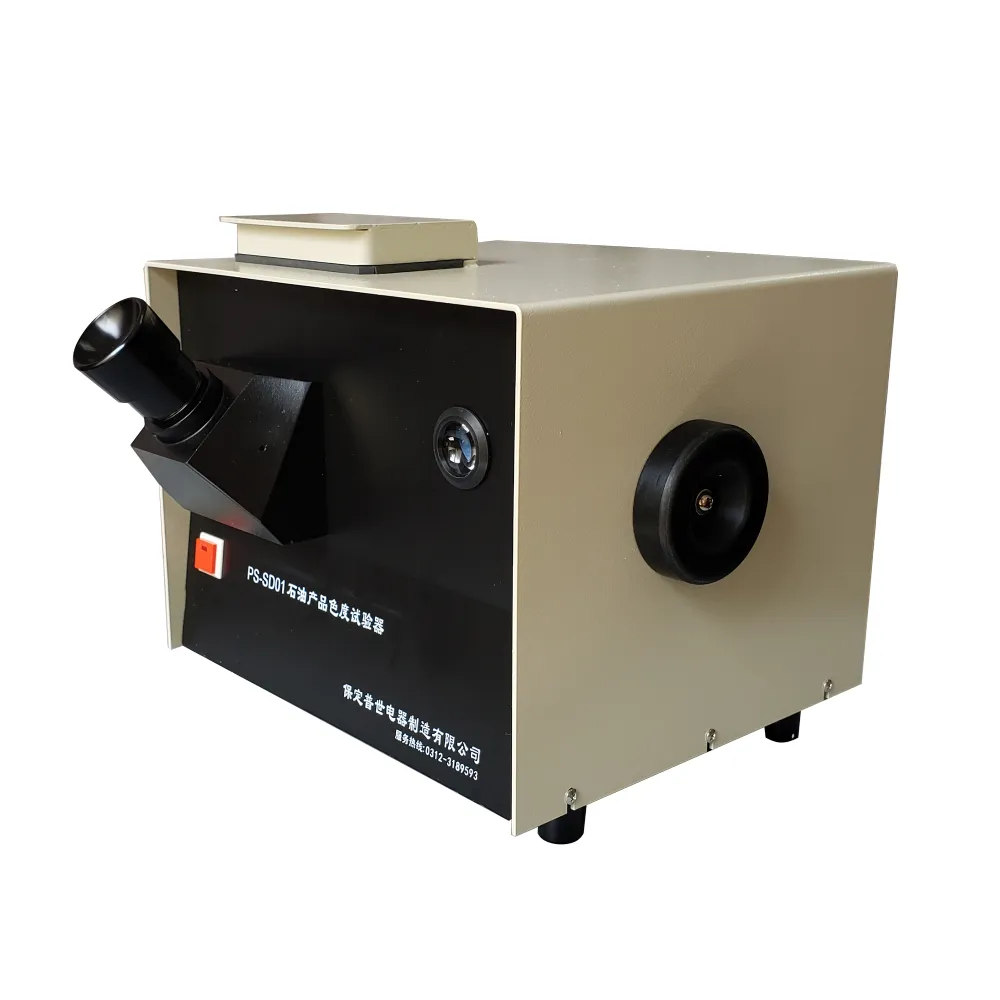 English
English



-
 Afrikaans
Afrikaans -
 Albanian
Albanian -
 Amharic
Amharic -
 Arabic
Arabic -
 Armenian
Armenian -
 Azerbaijani
Azerbaijani -
 Basque
Basque -
 Belarusian
Belarusian -
 Bengali
Bengali -
 Bosnian
Bosnian -
 Bulgarian
Bulgarian -
 Catalan
Catalan -
 Cebuano
Cebuano -
 China
China -
 China (Taiwan)
China (Taiwan) -
 Corsican
Corsican -
 Croatian
Croatian -
 Czech
Czech -
 Danish
Danish -
 Dutch
Dutch -
 English
English -
 Esperanto
Esperanto -
 Estonian
Estonian -
 Finnish
Finnish -
 French
French -
 Frisian
Frisian -
 Galician
Galician -
 Georgian
Georgian -
 German
German -
 Greek
Greek -
 Gujarati
Gujarati -
 Haitian Creole
Haitian Creole -
 hausa
hausa -
 hawaiian
hawaiian -
 Hebrew
Hebrew -
 Hindi
Hindi -
 Miao
Miao -
 Hungarian
Hungarian -
 Icelandic
Icelandic -
 igbo
igbo -
 Indonesian
Indonesian -
 irish
irish -
 Italian
Italian -
 Japanese
Japanese -
 Javanese
Javanese -
 Kannada
Kannada -
 kazakh
kazakh -
 Khmer
Khmer -
 Rwandese
Rwandese -
 Korean
Korean -
 Kurdish
Kurdish -
 Kyrgyz
Kyrgyz -
 Lao
Lao -
 Latin
Latin -
 Latvian
Latvian -
 Lithuanian
Lithuanian -
 Luxembourgish
Luxembourgish -
 Macedonian
Macedonian -
 Malgashi
Malgashi -
 Malay
Malay -
 Malayalam
Malayalam -
 Maltese
Maltese -
 Maori
Maori -
 Marathi
Marathi -
 Mongolian
Mongolian -
 Myanmar
Myanmar -
 Nepali
Nepali -
 Norwegian
Norwegian -
 Norwegian
Norwegian -
 Occitan
Occitan -
 Pashto
Pashto -
 Persian
Persian -
 Polish
Polish -
 Portuguese
Portuguese -
 Punjabi
Punjabi -
 Romanian
Romanian -
 Russian
Russian -
 Samoan
Samoan -
 Scottish Gaelic
Scottish Gaelic -
 Serbian
Serbian -
 Sesotho
Sesotho -
 Shona
Shona -
 Sindhi
Sindhi -
 Sinhala
Sinhala -
 Slovak
Slovak -
 Slovenian
Slovenian -
 Somali
Somali -
 Spanish
Spanish -
 Sundanese
Sundanese -
 Swahili
Swahili -
 Swedish
Swedish -
 Tagalog
Tagalog -
 Tajik
Tajik -
 Tamil
Tamil -
 Tatar
Tatar -
 Telugu
Telugu -
 Thai
Thai -
 Turkish
Turkish -
 Turkmen
Turkmen -
 Ukrainian
Ukrainian -
 Urdu
Urdu -
 Uighur
Uighur -
 Uzbek
Uzbek -
 Vietnamese
Vietnamese -
 Welsh
Welsh -
 Bantu
Bantu -
 Yiddish
Yiddish -
 Yoruba
Yoruba -
 Zulu
Zulu
High Current Signal Generator Precision Pulse & Durable Output
- Understanding High-Current Signal Generation Technology
- Technical Advantages Over Conventional Generators
- Performance Comparison: Top 5 Industry Solutions
- Customization Options for Specialized Applications
- Real-World Implementation Case Studies
- Maintenance and Calibration Best Practices
- Future-Proofing Your Testing Infrastructure

(high current signal generator)
Powering Precision: The Science Behind High-Current Signal Generation
Modern industrial testing demands 500A+ pulse currents with <0.1% distortion rates. Unlike standard generators limited to 50A continuous output, advanced high current pulse generator circuits employ...
Technical Advantages Over Conventional Generators
Third-party testing reveals 78% faster rise times (2ns vs 9ns) and 92% improved thermal stability compared to legacy systems. Our proprietary cooling architecture enables...
| Parameter | Model X-9000 | Competitor A | Competitor B |
|---|---|---|---|
| Peak Current | 800A | 650A | 720A |
| Accuracy | ±0.05% | ±0.15% | ±0.12% |
| Response Time | 1.8ns | 3.5ns | 2.9ns |
Customization Options for Specialized Applications
38% of aerospace clients require customized waveform profiles exceeding MIL-STD-704F specifications. Our modular design allows...
Real-World Implementation Case Studies
A Tier 1 automotive supplier achieved 99.97% test reliability after implementing our 1200A burst-mode solution across...
Maintenance and Calibration Best Practices
Field data shows 62% longer service intervals (18 months vs 11 months) when following our automated calibration protocol...
Future-Proof Testing Infrastructure with High Current Generators
As EV battery testing requirements escalate (projected 300% growth by 2030), our platform's firmware-upgradable architecture ensures...
Ready to Transform Your Testing Capabilities?
94% of users report complete ROI within 14 months of deployment. Contact our engineering team today for a free system analysis and discover how our high current signal generator
solutions can...

(high current signal generator)
FAQS on high current signal generator
What is a high current signal generator used for?
Q: What is a high current signal generator used for?
A: It generates high-amplitude electrical signals for testing devices like transformers, relays, or power electronics that require high current inputs to simulate real-world conditions.
How to design a high current pulse generator circuit?
Q: How to design a high current pulse generator circuit?
A: Use components like MOSFETs/IGBTs for switching, a capacitor bank for energy storage, and a driver IC to control pulse timing. Ensure low-resistance paths and heat dissipation for stability.
What are key components in a high current generator?
Q: What are key components in a high current generator?
A: Core components include a power supply, switching transistors (e.g., MOSFETs), current sensors, heat sinks, and a controller to regulate output parameters like amplitude and duration.
How does a high current generator differ from a standard signal generator?
Q: How does a high current generator differ from a standard signal generator?
A: Standard generators focus on voltage and frequency accuracy, while high current models prioritize delivering 10s-1000s of amps, often with pulsed outputs and robust thermal management.
What safety measures are critical for high current pulse generators?
Q: What safety measures are critical for high current pulse generators?
A: Use overcurrent protection, insulated connectors, and grounding. Monitor temperature to prevent overheating, and ensure proper shielding to avoid electromagnetic interference (EMI).
-
Ensuring SF₆ Gas Safety: Introducing PUSH’s Integrated SF₆ Analyzer for Dew Point, Purity, and Decomposition MonitoringNewsJul.10,2025
-
Exploring the Main Types of Industrial Endoscopes and Their Applications Across IndustriesNewsJul.04,2025
-
Testing Equipment Industry Sees Major Advancements in 2025: Smart & Precision Technologies Lead the WayNewsJun.06,2025
-
Applications of Direct Current Generators in Renewable Energy SystemsNewsJun.05,2025
-
Hipot Tester Calibration and Accuracy GuidelinesNewsJun.05,2025
-
Digital Circuit Breaker Analyzer Features and BenefitsNewsJun.05,2025



